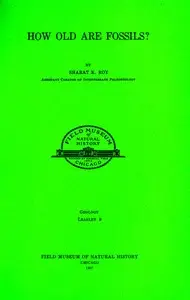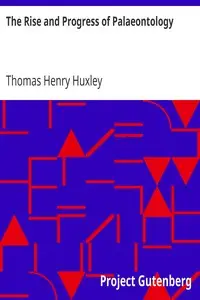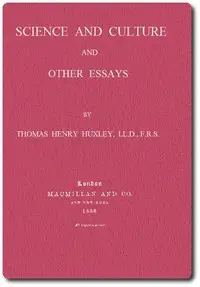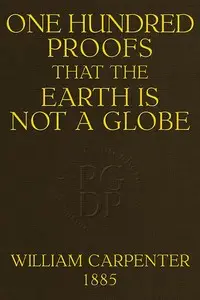"Geological Contemporaneity and Persistent Types of Life" by Thomas Henry Huxley considers the understanding of life through fossils. The book examines ideas about how old rocks are connected to the kinds of creatures that lived way back when. Huxley questions whether we always know if rocks from different places are truly from the same time, and he looks into the idea that some life forms have barely changed over millions of years. He points out that just because we find similar fossils in different rock layers, it doesn't automatically mean those creatures lived at the exact same time. Huxley uses examples to show that some animals and plants have stayed pretty much the same for huge stretches of geological time, which makes scientists rethink the common belief that life constantly evolves from simple to more complex forms. He wraps up by suggesting that we need to be careful about making big claims about evolution based only on the fossils we've found, arguing that we need better ways to study the history of life on Earth.

Geological Contemporaneity and Persistent Types of Life
By Thomas Henry Huxley
Fossils challenge expectations as an older, more careful look at the history of life reveals unexpectedly steady creatures across vast stretches of time.
Genres
Released
2001-11-01
Formats
epub
epub (images)
epub3 (images)
mobi (images)
mobi
txt
Free Download
Summary
About the AuthorThomas Henry Huxley was an English biologist and anthropologist who specialized in comparative anatomy. He has become known as "Darwin's Bulldog" for his advocacy of Charles Darwin's theory of evolution.
Thomas Henry Huxley was an English biologist and anthropologist who specialized in comparative anatomy. He has become known as "Darwin's Bulldog" for his advocacy of Charles Darwin's theory of evolution.
Total Reviews
10.0k
Total reviews from Goodreads may change


















